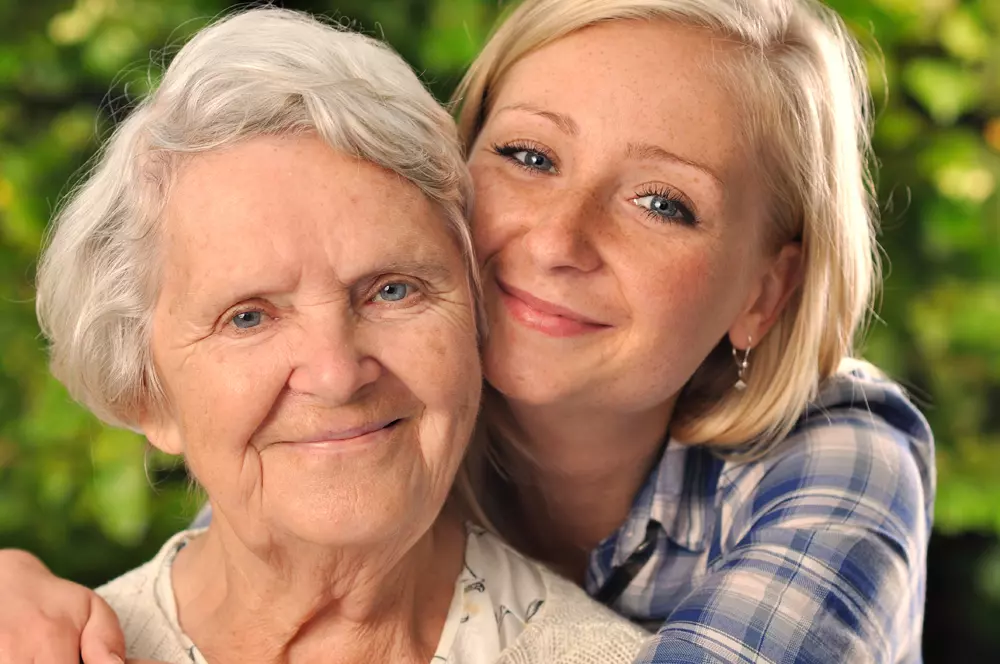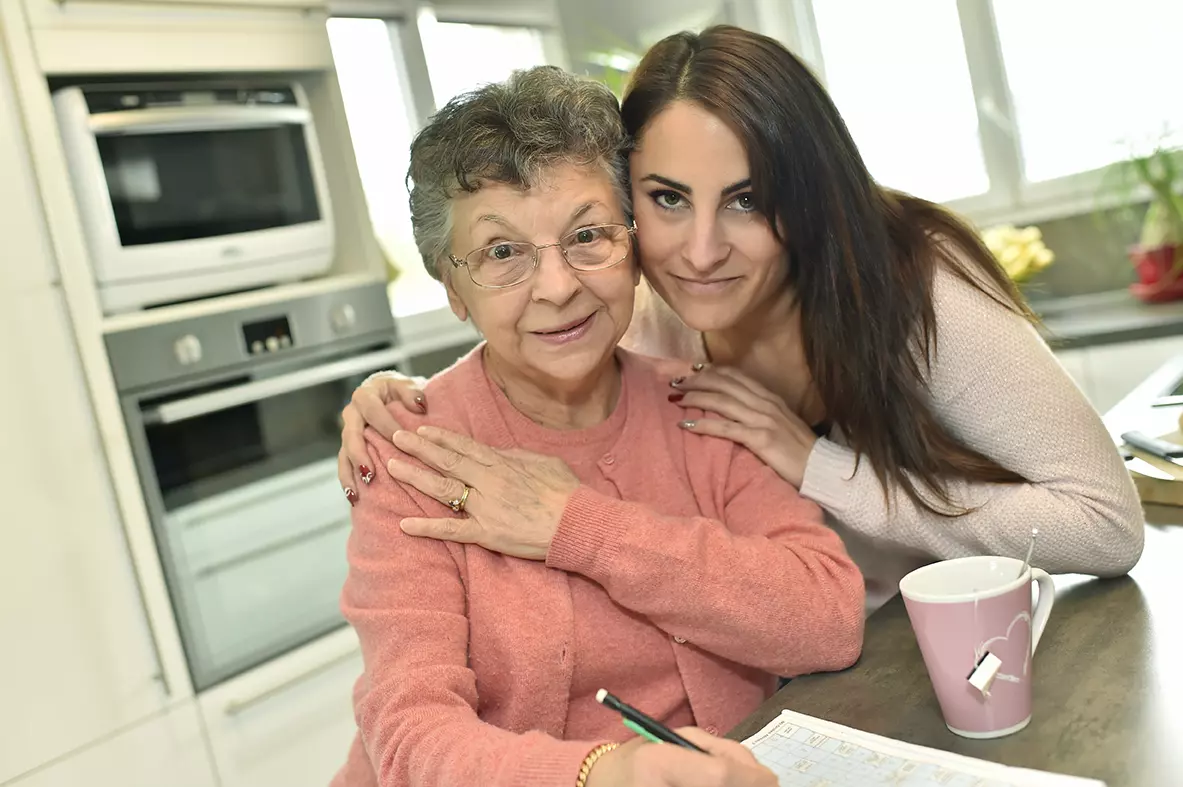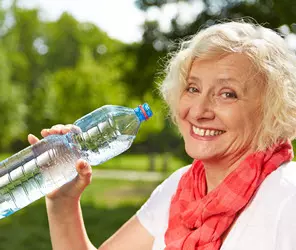
Cardiac emergencies can occur without warning, particularly in the elderly, making it crucial for care homes to be fully prepared to handle such situations. Private senior residences that cater to individuals with heart conditions must ensure they are equipped to manage emergencies swiftly and effectively. From staff training in CPR to the availability of defibrillators and partnerships with local hospitals, these facilities offer a robust safety net for residents, ensuring the best possible outcome during a cardiac crisis. In this article, we explore how care homes are equipped to manage cardiac emergencies and provide peace of mind for both residents and their families.
1. Comprehensive CPR training for staff
Find YOUR ideal care home NOW!
One of the most critical elements in managing cardiac emergencies is ensuring that all staff members are properly trained in Cardiopulmonary Resuscitation (CPR). CPR is a life-saving technique that can keep oxygen-rich blood flowing to the brain and other vital organs until further medical help arrives.
- Annual CPR training: Most private care homes ensure that all staff, from nurses to care aides and even non-medical personnel, undergo regular CPR training. This includes learning the correct procedures for administering chest compressions and rescue breaths, as well as understanding when and how to use a defibrillator.
- Immediate response: In the event of a cardiac arrest, time is of the essence. Trained staff can provide immediate assistance, significantly increasing the resident's chances of survival until paramedics arrive. This quick response is vital, as delays of just a few minutes can drastically reduce the likelihood of recovery.
2. Availability of defibrillators: Key to life-saving interventions
A defibrillator is an essential tool in cardiac emergencies, particularly in the case of sudden cardiac arrest (SCA), where the heart stops beating effectively. Many care homes are now equipped with Automated External Defibrillators (AEDs), which are designed to be used by non-medical personnel to restart the heart through a controlled electrical shock.
- Strategic placement of AEDs: Defibrillators are strategically placed in care homes to ensure that they are easily accessible in the event of an emergency. Quick access to an AED can be the difference between life and death, particularly in the first few minutes following a cardiac arrest.
- User-friendly technology: Modern AEDs are designed to be user-friendly, with voice prompts that guide users through the process of attaching the device to the resident and delivering the shock. This ensures that even non-medical staff can confidently use the device when needed.
3. Partnerships with local hospitals for swift medical intervention
While immediate intervention by care home staff is crucial, having strong partnerships with local hospitals ensures that residents receive professional medical treatment as quickly as possible. Private care homes often establish formal relationships with nearby hospitals to streamline the emergency response process.
- Emergency protocols: These partnerships allow care homes to develop emergency response protocols that include direct communication with hospitals and ambulance services. In the event of a cardiac emergency, paramedics are dispatched quickly, and the hospital is prepared to receive the resident as soon as they arrive.
- Coordinated care: For residents with pre-existing heart conditions, care homes often coordinate with the hospital ahead of time to ensure that the resident’s medical history, medication, and treatment preferences are on file. This seamless coordination allows hospitals to provide more targeted and efficient care during an emergency.
4. Routine drills and emergency preparedness
Private care homes that are serious about cardiac emergency preparedness often conduct routine drills to ensure that staff are well-practiced in responding to such situations. These drills mimic real-life scenarios, giving staff the opportunity to practice their CPR skills, AED usage, and emergency communication protocols.
- Simulated cardiac arrests: During these drills, staff members are put through the paces of handling a simulated cardiac arrest. This practice ensures that they remain calm under pressure and can provide effective assistance during a real emergency.
- Regular evaluations: The performance of these drills is evaluated regularly to identify areas for improvement, ensuring that staff are always ready to respond with the highest level of competence.
5. Ongoing health monitoring to prevent emergencies
While being prepared for a cardiac emergency is crucial, many care homes take a proactive approach to preventing cardiac events through ongoing health monitoring and personalised care plans. This includes regular checks on heart health, blood pressure, and other risk factors for residents with known heart conditions.
- Routine heart health checks: Nursing staff in care homes frequently monitor residents’ heart health through blood pressure readings, heart rate tracking, and checking for signs of cardiac distress. This ongoing vigilance helps catch early signs of trouble, allowing for timely medical intervention before an emergency arises.
- Personalised care plans: For residents with a history of heart disease, care homes often develop personalised care plans in collaboration with doctors and cardiologists. These plans include specific medications, lifestyle recommendations, and regular medical reviews to ensure that the resident’s heart health is optimally managed.
6. Providing reassurance to residents and families
The knowledge that their loved ones are in a care home fully equipped to handle cardiac emergencies provides immense peace of mind for families. Not only do these facilities offer trained staff and medical equipment, but they also create a supportive environment where residents feel safe and cared for.
- Communication with families: In the event of an emergency, care homes maintain clear lines of communication with the resident’s family, keeping them informed of their loved one’s condition and the steps being taken. This transparency fosters trust and ensures that families are always in the loop.
- Counselling and emotional support: Beyond the physical preparedness, care homes often provide emotional support to residents who may have experienced a cardiac event, helping them through recovery and offering guidance on how to maintain a heart-healthy lifestyle moving forward.
Best Practices for Cardiac Emergency Response in Care Homes
| Best Practice | How It Works | Benefit for Residents |
|---|---|---|
| Immediate CPR & AED Use | Staff initiate CPR and use defibrillators within minutes of a cardiac event. | Increases survival rates by restoring heart function quickly. |
| Medical Response Coordination | Pre-established emergency protocols with hospitals and paramedics. | Reduces delays in receiving specialized medical care. |
| Staff Training & Drills | Regular training on CPR, AED operation, and emergency procedures. | Ensures staff confidence and efficiency in handling crises. |
| Proactive Health Monitoring | Routine check-ups to detect early signs of heart conditions. | Prevents emergencies through early intervention. |
| Family Support & Communication | Dedicated staff provide real-time updates and emotional guidance. | Strengthens trust and peace of mind for families. |
Private senior residences equipped to handle cardiac emergencies are essential for ensuring the safety and well-being of residents with heart conditions. With CPR-trained staff, readily available defibrillators, and strong partnerships with local hospitals, these care homes are prepared to respond swiftly and effectively when an emergency arises. Through routine drills and ongoing health monitoring, they not only manage crises but also work proactively to prevent them.
FAQ:
1. How do private care homes prepare for cardiac emergencies?
Private care homes implement CPR training, provide AEDs, conduct emergency drills, and coordinate with local hospitals for rapid response.
2. Are all staff members trained in CPR?
Yes, most private care homes require annual CPR certification for all staff, including non-medical personnel.
3. Where are defibrillators (AEDs) placed in care homes?
AEDs are strategically placed in common areas, hallways, and near resident rooms for quick access during emergencies.
4. How do care homes coordinate with hospitals during a cardiac event?
They establish emergency protocols with hospitals, ensuring paramedics arrive quickly and hospitals are prepared to receive the patient.
5. What proactive measures do care homes take to prevent cardiac events?
Regular heart health checks, medication management, and personalized care plans help reduce cardiac risk factors.
6. What should families expect if their loved one experiences a cardiac emergency?
Families will receive immediate updates, be informed of emergency actions taken, and be provided with emotional support.
7. How often do care homes conduct emergency response drills?
Drills are conducted regularly, often quarterly or biannually, to keep staff well-prepared.
8. Do residents with a history of heart disease receive specialized care?
Yes, residents with heart conditions have personalized care plans that include specific monitoring and interventions.
9. Can family members learn about CPR and emergency protocols?
Some care homes offer informational sessions or training for families who want to understand emergency procedures.
10. How can I find a care home with strong cardiac emergency preparedness?
When selecting a facility, ask about staff CPR training, AED availability, emergency drill frequency, and hospital partnerships.
For assistance in finding a care home or facility best suited to your needs, contact Senior Home Plus at 0230 608 0055 or fill out our online form.
Do you need a care home for yourself or your loved one?
Share this article :
Latest posts
You are looking for an establishment for your loved one ?
Get availability & prices
Fill in this form and receive
all the essential information
We would like to inform you of the existence of the opposition list for telephone canvassing.











